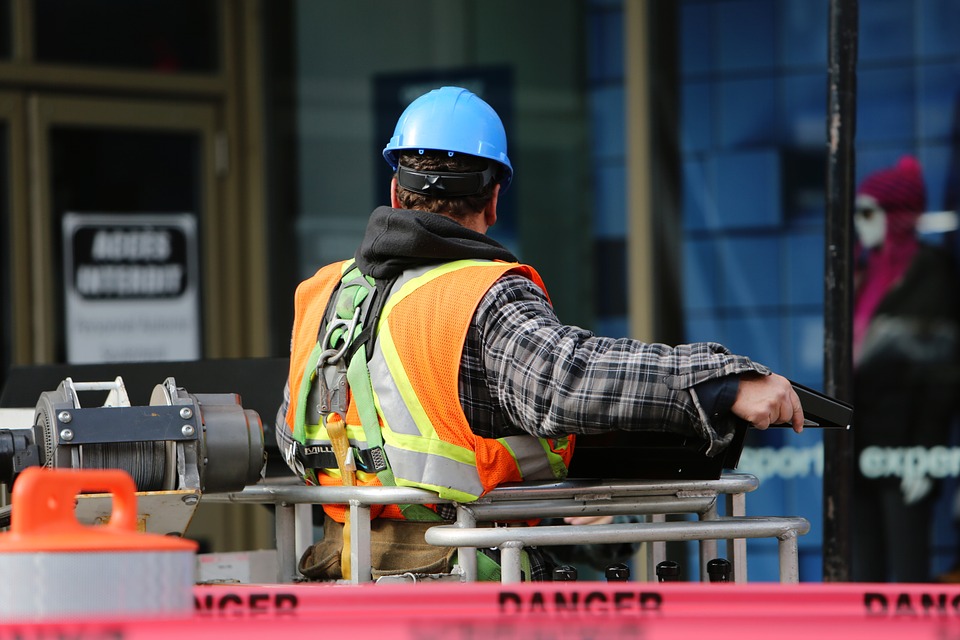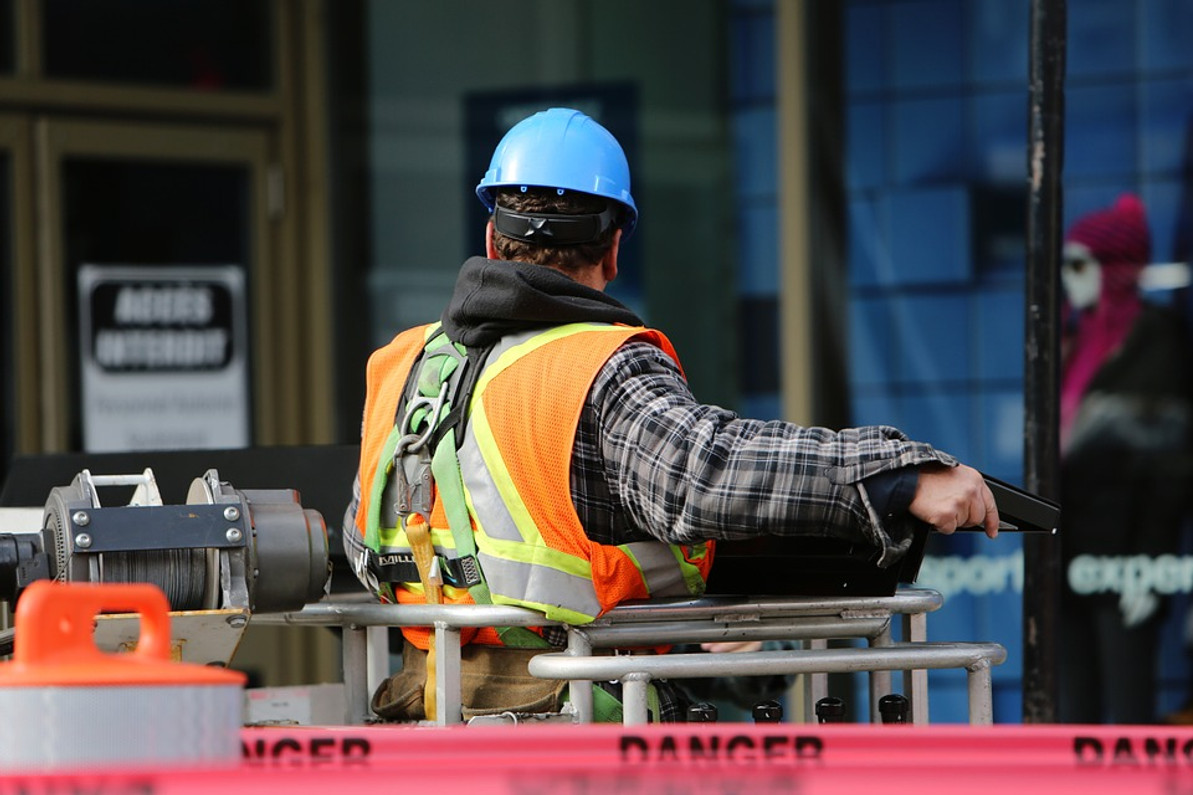OSHA Seeks to Revise Silica Standard for Construction Industry

The Occupational Safety and Health Administration (OSHA) is moving forward to revise its existing silica standard for the construction industry. Earlier this month, OSHA officials submitted an open request for more information on control measures to minimize exposure to silica dust. While the existing silica standard already lists control measures, OSHA wants to further improve the standard by adding new, potentially better, control measures.
"The Agency is also interested in tasks and tools involving exposure to respirable crystalline silica that are not currently listed in Table 1, along with information on the effectiveness of dust control methods in limiting worker exposure to respirable crystalline silica when performing those operations," wrote the Office of Management and Budget (OMB).
Overview of Silica Dust in the Construction Industry
It's not uncommon for construction workers to be exposed to silica dust. While short-term exposure to small amounts of silica dust is generally harmless, long-term exposure to large amounts of this substance can result in chronic disease or even death.
As explained on the official OSHA website, crystalline silica is a mineral that occurs naturally in construction materials like stone, brick and concrete. Construction workers who cut, drill or sand these materials are naturally exposed to silica. The tiny silica particles are shuffled into the air, at which point construction workers may inadvertently inhale them into their lungs.
Employers can take several steps to protect workers from silica-related illness, one of which is monitoring the amount of silicone to which workers are exposed. According to OSHA, the action level of silica exposure is 5 micrograms per cubic meter of air over an eight-hour period. Any worker who's exposed to more than this amount should be removed from the worksite.
Additionally, OSHA says construction workers should wear respirators -- which employers are required to provide -- when working with silica dust. A form of personal protective equipment (PPE), respirators prevent the accidental inhalation of silica dust by filtering it from the surrounding air.
When Will OSHA Revise Its Silica Standard for the Construction Industry?
Unfortunately, it's unknown when exactly OSHA will revise its silica standard for the construction industry. The organization just recently filed a request for more information on silica exposure control measures, and until the request is granted, the revision will remain in lingo. With that said, some experts believe OSHA will finalize the revision within the next six to 12 months.
Recent Posts
-
Fire Safety in the Workplace: What You Need to Know
What steps are you taking to prevent fires in your workplace? According to the U.S. Occupational Saf …Aug 23rd 2023 -
Is It Safe to Go Jogging With a Cold Infection?
If you're suffering from a cold infection, you might be wondering whether it's safe to go jogging. T …Aug 22nd 2023 -
5 Safety Tips to Follow When Using a Powder-Actuated Tool
Powder-actuated tools are commonly used to join materials to steel and concrete. Also known as Hilti …Aug 20th 2023




